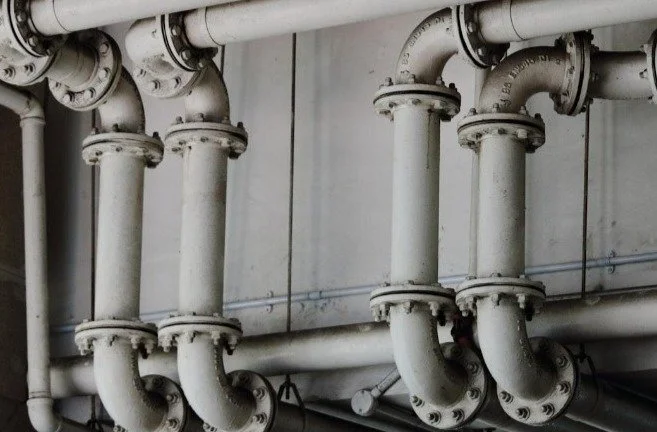The Importance of Understanding Canada’s Immigration Categories
Canada is among the countries that are considered more open to immigration owing to its friendly immigration laws and the different ways one can start a new life, either single or with family members. Furthermore, it is often very difficult to obtain a realistic understanding of Canadian immigration law. This will provide the applicant with the best avenue towards their specific situation through knowledge of the various immigration categories. The guide will highlight the main categories of immigration in Canada and give insight to applicants that helps make informed decisions.
Economic Class Immigration
One of the major avenues through which immigration to Canada takes place is via the Economic Class. This class was developed to attract qualified workers who would add to the economy of the country. Specific programs falling into this category include the Federal Skilled Worker Program, Federal Skilled Trades Program, and the Canadian Experience Class. Most such programs have set different eligibility criteria that include work experience, education, language ability, and age. Such programs are led through an Express Entry system using a points-based method of selection. Therefore, applicants must possess a good understanding of how their skills and qualifications fit within various program requirements to maximize their chances of being selected for an invitation to apply.
Family Class Immigration
Family reunification is one of the very pillars of immigration policy in Canada, whereby residents and Canadian citizens may sponsor, within the category known as Family Class, their family members: spouses, common-law partners, dependent children, and other qualified relatives. Applications for this process should be made in a manner so that the sponsors are found capable of supporting them financially, without their being on social assistance. Family sponsorship may be very complicated; hence, it is of essence that the applicants understand the intricacies in detail and follow all the requirements for completeness to avoid delays or refusals.
Refugee and Humanitarian Protection
Canada also offers possibilities for individuals who must be protected from persecution or harm in their home country. In this class of Refugee and Humanitarian Protection, government-assisted refugees and privately sponsored refugees are included. It means that the applicant must prove that he or she is a refugee within the meaning of the Immigration and Refugee Protection Act. This class is very important to people who have to flee conflicts, violence, or any oppression, and the requirements and process involved need to be put into perspective in relation to a successful application. An individual would be advised to seek the services of an immigration lawyer to go through the technicalities involved in this category.
Study and Work Permits
Those who intend to live temporarily in Canada may be issued study and work permits. Those who want to study in an accredited educational institution may apply for a study permit; likewise, those who want to work in Canada may apply for a work permit. Each of these has their requirements and uses. It becomes fundamental to explain the distinction existing between open and closed work permits, conditions relating to study permits, as well as observing the stipulated requirements, so that any potential problems because of the process are avoided.
Permanent Residence Options
The final options are for permanent residence. There are also Provincial Nominee Programs, which allow each province and territory to select their nominees based on the needs of their respective local labour markets. Other programs are more location-based, such as the Atlantic Immigration Pilot or the Rural and Northern Immigration Pilot. The details of how to pursue these avenues are very involved, and any individual applicant should consult an immigration attorney for personal consultation and representation.
The key to starting one's journey into this diverse country is in understanding the different categories of immigration to Canada. They can also understand the economic class, family class, refugee and humanitarian protection, study and work permit, and permanent residence options. Second, any changes to immigration policies and requirements are pursued in order for these to have implications on eligibility and application processes. An applicant should seek professional guidance so that further understanding of the system of Canadian immigration is hard.







